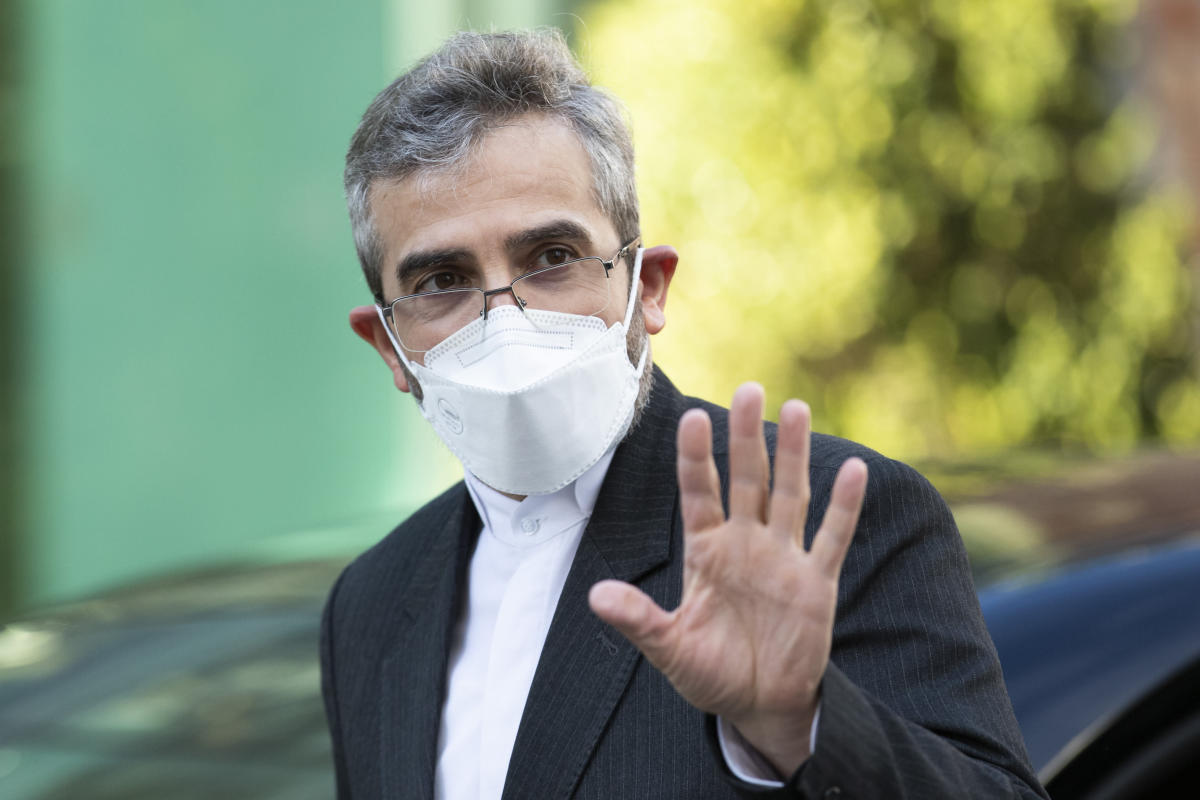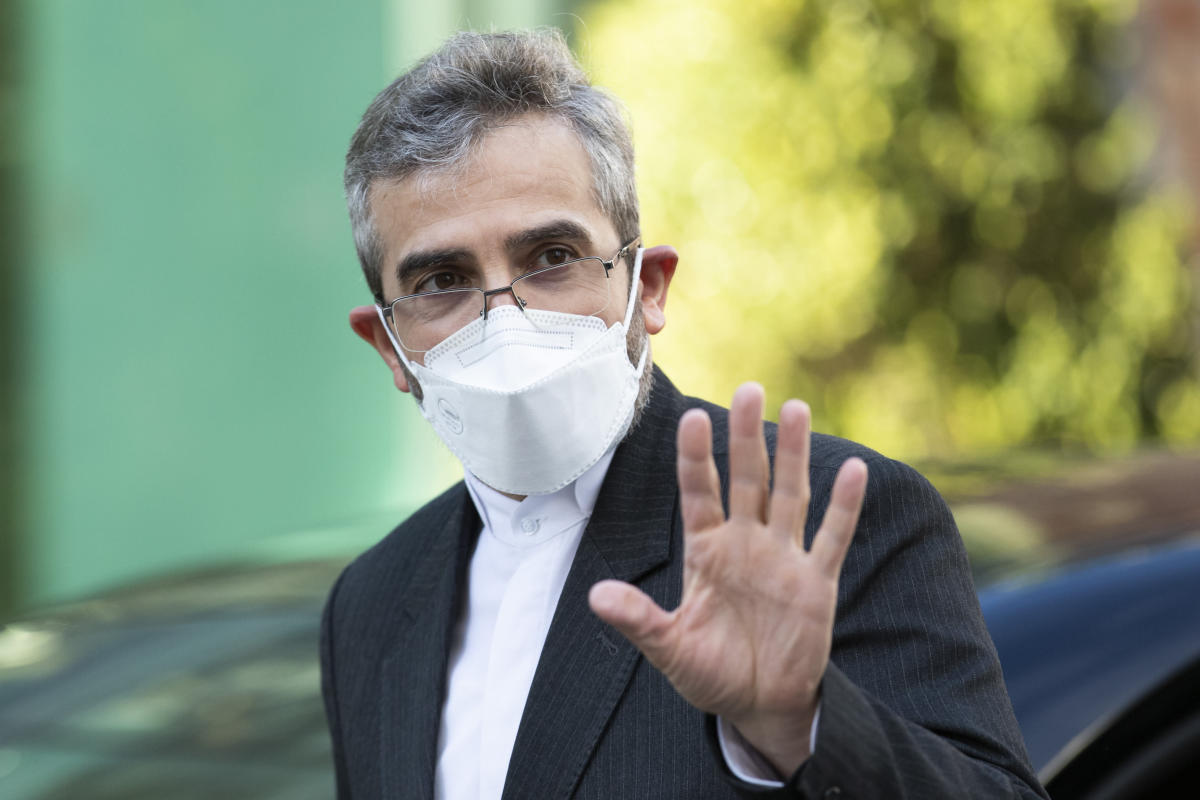
TEHRAN, Iran (AP) — Iran’s paramilitary Revolutionary Guard launched a second satellite into space, state media reported Monday, just as world powers awaited Tehran’s decision in negotiations over the country’s tattered nuclear deal.
State television identified the launch as taking place in its northeastern Shahroud Desert, without specifying when. However, it came as Iran’s top diplomat at the monthslong talks suddenly flew home late Monday for consultations, a sign of the growing pressure on Tehran as the negotiations appear to be nearing their end.
The Guard said the Noor-2 satellite reached a low orbit of 500 kilometers (310 miles) above the Earth’s surface on the Ghased satellite carrier, IRNA reported. It described the Ghased as a three-phase, mixed fuel satellite carrier.
The Guard did not immediately release photos or video of the launch.
U.S. officials did not immediately respond to a request for comment and an American-maintained catalogue of space objects did not note a new Iranian launch this month. The launch comes days after satellite pictures suggested Iran’s civilian program suffered another failed launch.
Noor means “light” in Farsi. The Guard launched its first Noor satellite in 2020, revealing to the world it ran its own space program.
The head of the U.S. Space Command later dismissed that satellite as “a tumbling webcam in space” that wouldn’t provide Iran vital intelligence — though it showed Tehran’s ability to successfully get into orbit after a series of setbacks.
The U.S. has alleged Iran’s satellite launches defy a U.N. Security Council resolution and has called on Tehran to undertake no activity related to ballistic missiles capable of delivering nuclear weapons.
Iran, which long has said it does not seek nuclear weapons, previously maintained that its satellite launches and rocket tests do not have a military component. U.S. intelligence agencies and the International Atomic Energy Agency say Iran abandoned an organized military nuclear program in 2003.
Meanwhile, Iran’s state-run IRNA news agency described negotiator Ali Bagheri Kani’s trip home as being “within the framework of the usual consultations during the talks.” However, the top negotiator for the European Union seemed to suggest whether the talks succeeded or failed now rested with the Islamic Republic.
“There are no longer ‘expert level talks.’ Nor ‘formal meetings,’” Enrique Mora wrote on Twitter, responding to comments by an Iranian analyst. “It is time, in the next few days, for political decisions to end the (hashtag)ViennaTalks. The rest is noise.”
Mora’s comments mirror those of British and French negotiators at the Vienna talks, which has been working to find a way to get America back into the accord it unilaterally abandoned in 2018 under then-President Donald Trump. It also hopes to get Iran to again agree to measures that drastically scaled back its nuclear program in exchange for the lifting of economic sanctions.
They also appear to push back against a constant Iranian refrain in the last weeks of talks that tried to blame any delay on America, which hasn’t been in the room for talks since Trump’s withdrawal. U.S. Secretary of State Antony Blinken on Sunday said he believed “we’re close” on reaching a deal, though there were “a couple of very challenging remaining issues.”
The latest wrinkle, however, is a demand Saturday from Russian Foreign Minister Sergey Lavrov that Blinken offer written guarantees over Moscow’s ability to continue trade with Iran as it faces sanctions over its war on Ukraine.
Iranian Foreign Minister Hossein Amirabdollahian spoke Monday by phone with Lavrov, with the sanctions threat apparently discussed, according to a statement from his office.
“We are against war and imposition of sanctions, and it is clear that cooperation between the Islamic Republic of Iran and any country, including Russia, should not be affected by the atmosphere of sanctions,” Amirabdollahian said in the statement.
The 2015 nuclear deal saw Iran put advanced centrifuges into storage under the watch of the International Atomic Energy Agency, while keeping its enrichment at 3.67% purity and its stockpile at only 300 kilograms (661 pounds) of uranium.
As of Feb. 19, the IAEA says Iran’s stockpile of all enriched uranium was nearly 3200 kilograms (7,055 pounds). Some has been enriched up to 60% purity — a short technical step from weapons-grade levels of 90%.
___
Gambrell reported from Dubai, United Arab Emirates.




